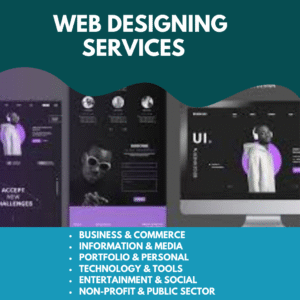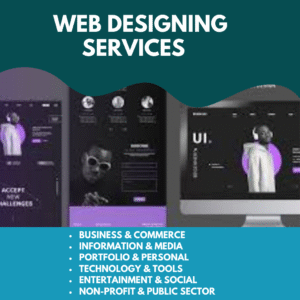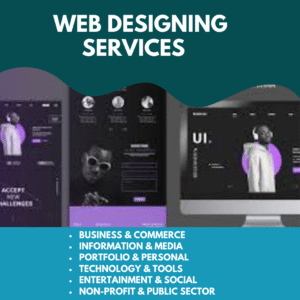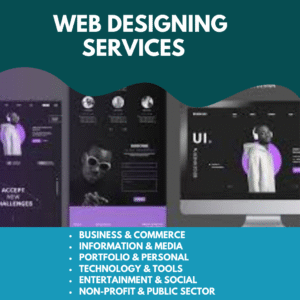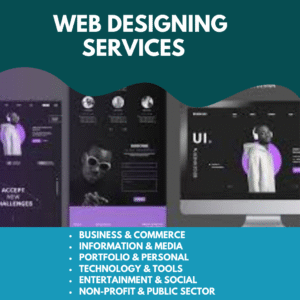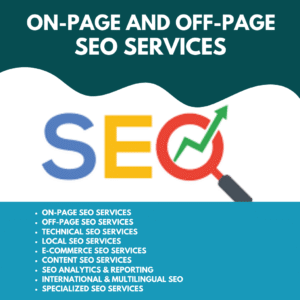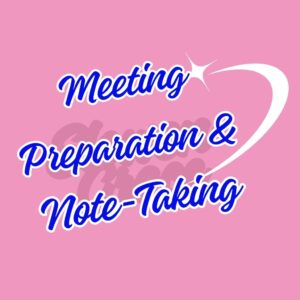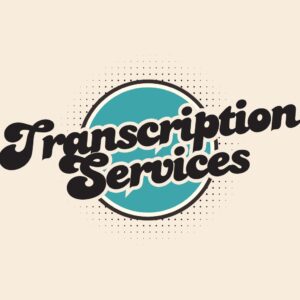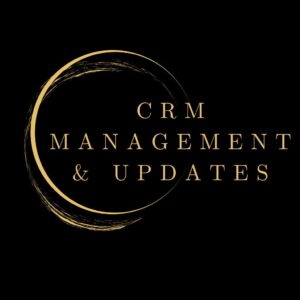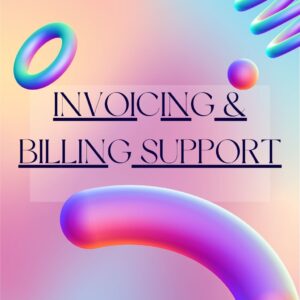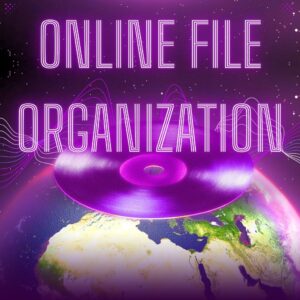Meeting Preparation & Note-Taking: Mastering the Art of Productive and Purposeful Meetings
In today’s fast-paced business world, meetings are the cornerstone of collaboration, decision-making, and strategic planning. However, without proper preparation and effective note-taking, meetings can easily become time-consuming and unproductive.
Mastering the art of meeting preparation and note-taking ensures that every session is focused, efficient, and actionable, empowering teams to drive results and stay aligned with organizational goals.
This comprehensive guide will explore the importance, strategies, and tools for preparing and documenting meetings like a pro.
1. The Power of Preparation
Preparation is the foundation of a successful meeting. Walking into a meeting without a clear plan wastes valuable time and reduces the likelihood of achieving objectives.
Why Preparation Matters
-
Ensures clarity and direction for discussions.
-
Saves time by focusing only on key priorities.
-
Builds confidence for presenters and participants.
-
Fosters engagement and collaboration among attendees.
2. Steps for Effective Meeting Preparation
a. Define the Purpose and Goals
Before scheduling a meeting, answer these questions:
-
What is the objective of the meeting?
-
What decisions need to be made?
-
What actions should be taken afterward?
A clear purpose keeps the meeting focused and outcome-driven.
b. Create a Structured Agenda
A well-crafted agenda is a roadmap for your meeting. Include:
-
Topics to cover (organized by priority)
-
Time allocations for each item
-
Responsible individuals for presentations or updates
-
Desired outcomes for every discussion point
Send the agenda at least 24 hours in advance to give participants time to prepare.
c. Invite the Right People
Quality over quantity is key. Only invite participants directly involved in the discussion or decision-making process to ensure relevance and efficiency.
d. Prepare Materials in Advance
Ensure that presentations, data reports, and documents are ready and shared beforehand. This eliminates unnecessary delays during the meeting.
e. Test Technology
For virtual or hybrid meetings, test your platform, audio, video, and screen-sharing tools in advance to prevent disruptions.
3. The Art of Effective Note-Taking
Taking comprehensive, structured notes ensures that critical information is captured, actionable, and accessible to everyone involved.
a. Why Note-Taking Matters
-
Creates a record of discussions and decisions
-
Facilitates follow-up and accountability
-
Reduces miscommunication and confusion
-
Helps track progress over time
b. Proven Note-Taking Methods
1. The Outline Method
Organize notes hierarchically with main topics, subpoints, and action items for clarity.
2. The Cornell Method
Divide your page into three sections: notes, cues, and a summary — perfect for post-meeting review.
3. Mind Mapping
Ideal for brainstorming sessions, this visual method links key ideas and their connections for better recall.
4. Digital Note-Taking Tools
Use platforms like Notion, OneNote, or Google Docs to collaborate and share notes in real time.
c. Focus on Key Elements
During the meeting, capture:
-
Key decisions made
-
Action items and responsible persons
-
Deadlines and next steps
-
Key data points or insights
-
Questions or follow-ups required
d. Keep Notes Clear and Concise
Avoid transcribing word-for-word. Instead, summarize discussions, highlighting actionable insights and important decisions.
4. Post-Meeting Actions
The work doesn’t stop when the meeting ends. Effective follow-up turns meeting discussions into real-world results.
a. Distribute Meeting Notes
Share the meeting notes with all participants — and key stakeholders who couldn’t attend — within 24 hours for transparency.
b. Track Action Items
Use task management tools like Asana, Trello, or Monday.com to assign and monitor the progress of action items.
c. Request Feedback
Encourage attendees to provide feedback on the meeting’s structure, efficiency, and outcomes to continuously improve future sessions.
5. Tools for Smarter Meeting Management
Technology has revolutionized how businesses prepare for and document meetings. Here are some popular tools to consider:
-
For Scheduling: Calendly, Doodle
-
For Agendas and Collaboration: Notion, Confluence
-
For Note-Taking: Evernote, OneNote, Google Docs
-
For Task Tracking: Asana, ClickUp, Monday.com
-
For Virtual Meetings: Zoom, Microsoft Teams, Google Meet
6. Common Meeting Pitfalls to Avoid
Even with preparation, meetings can derail. Here’s how to avoid common mistakes:
-
Overloading the Agenda: Keep it focused and realistic.
-
Lack of Engagement: Encourage participation through interactive discussions.
-
Poor Time Management: Assign a facilitator to keep the meeting on track.
-
No Clear Outcomes: Always end with defined next steps and responsibilities.
7. Benefits of Mastering Meeting Preparation and Note-Taking
-
Boosted Productivity: Meetings become shorter and more results-oriented.
-
Better Collaboration: Clear documentation fosters teamwork and accountability.
-
Improved Decision-Making: Organized notes help leaders make informed, data-driven decisions.
-
Scalability: Streamlined processes make it easier to handle growing teams and projects.
8. The Role of Virtual Assistants
For busy professionals and businesses, virtual assistants (VAs) can be game-changers. VAs can:
-
Prepare agendas and share materials
-
Take real-time meeting notes
-
Distribute summaries and follow-ups
-
Track deadlines and responsibilities
This level of support ensures consistency and accuracy in meeting documentation, freeing you to focus on strategic tasks.
9. The Future of Meeting Management
The future of meeting preparation and note-taking is powered by AI and automation. Emerging tools are enabling:
-
AI-generated meeting summaries with actionable insights
-
Voice-to-text transcription for instant, searchable notes
-
Integrated analytics to evaluate meeting effectiveness and ROI
Adopting these innovations will help businesses maximize productivity and collaboration in the years ahead.
10. Final Thoughts
Meetings don’t have to be time-drains. With strategic preparation and effective note-taking, every session can drive results, enhance collaboration, and align your team toward shared goals.
By combining proactive planning, structured documentation, and smart use of technology, businesses can transform meetings from routine gatherings into powerful engines of productivity and innovation.
Start preparing smarter, documenting better, and acting faster — because great meetings build great businesses.
Partner with DataHome.Solutions for meeting preparation and note-taking that keeps your business running smoothly and efficiently.
#VirtualAssistance,#VAservices,#VirtualOffice, #MeetingPreparation, #EffectiveMeetings, #BusinessProductivity, #NoteTakingTips, #CollaborationTools, #MeetingManagement, #WorkplaceEfficiency
